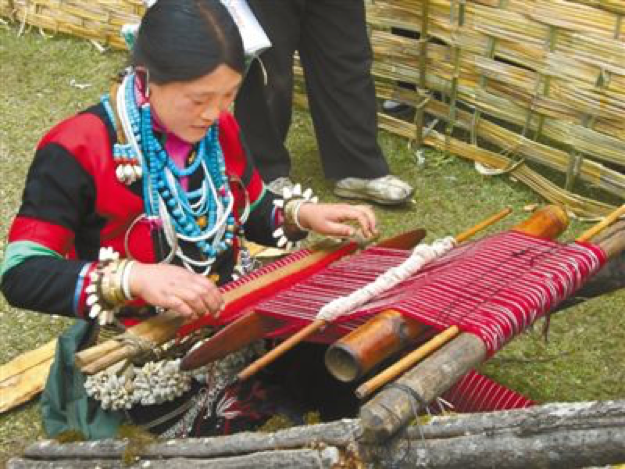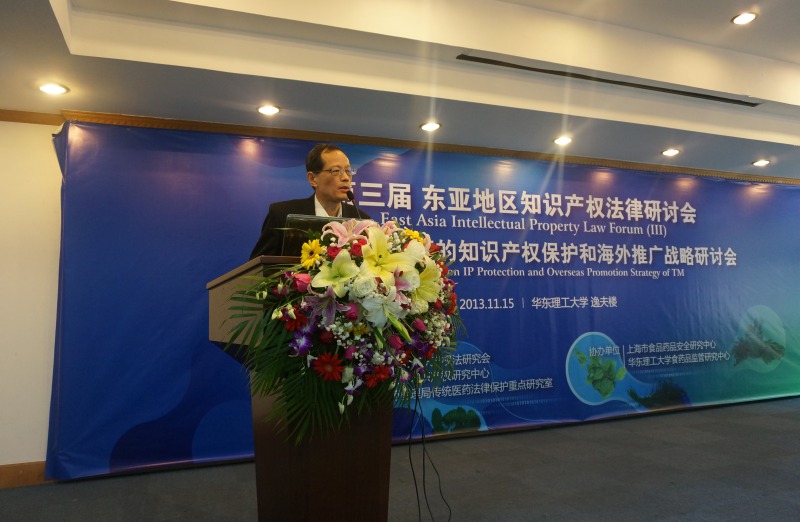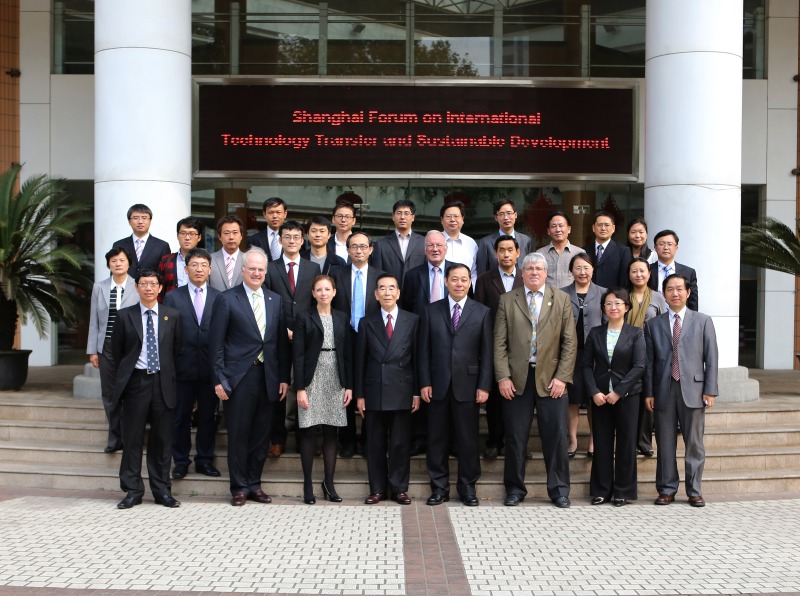A summary of the protection of intangible cultural heritage in Linzhi, Tibet

Herders clothing in Jindong Village, Lang County, Linzhi City is the perfect demonstration of local culture and customs. The original clothing material is made of fur or leather, then they used to compose of hats, clothes, pants or shoes. The hats are called “Guo Xia”, the clothes called “Dui Ba”, the pants called “Bei Xiu”, and the shoes called “Niang Ga Qiang Shoes”. Herders clothing production techniques express people’s miss of Princess Wencheng. It’s the witness of unity of Tibetan and Han ethnic as well. “Jia Ying” is the oldest song form of the Lhoba nationality, with a fixed meter and widespread in the Lhoba nationality. The geotextile production techniques in Milin, a dance called Bozhuo and a singing style called Boyang in Bomi and so on.
These diverse intangible cultural heritage projects with the characteristics of heavy cloth become more and more familiar.
All this is due to the protection of Linzhi in a larger and deeper level. In 2017, Linzhi City has always adhered to the guidelines of “Protection Focused, Rescue First, Rational Utilization, Inheritance and Development”, insisting on doing the protection based on establishing a sound mechanism to meet the Linzhi practical, with geotextile characteristics of the government led and social participation. And the work has achieved remarkable results.
In 2017, Bureau of Culture in Linzhi drawed up the fifth autonomic intangible cultural heritage of 18 projects, including 3 projects in selected Gongbujiangda County, 2 in Bayi District, 3 in Milin County, 3 in Bomi County, 3 in Caiyu County, 2 in Lang County and 2 in Motuo County. These declarations of 18 projects have been sent to the Culture Department of the autonomous region.
During the first “Cultural and Natural Heritage Day”, the propaganda handed out more than 2000 copies of promotional materials, 1000 copies of audio and video data. More than 2000 people participated in this activity.
Source: Tibet News
Time:2018.03.09
next:Measures for the Protection of Intangible Cultural Heritage in Xining, Qinghai(2)


